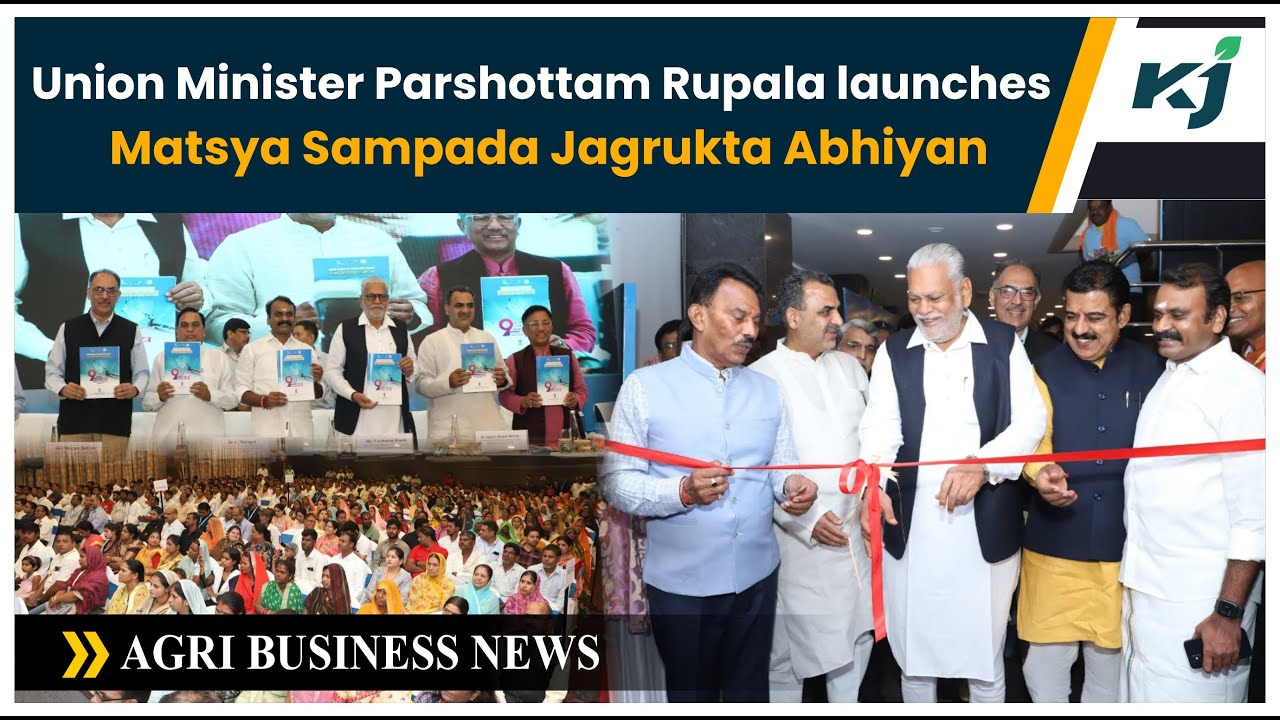Free Courses Sale ends Soon, Get It Now


Free Courses Sale ends Soon, Get It Now



Copyright infringement not intended
Picture Courtesy: Krishi Jagran Business
Context: The Matsya Sampada Jagrukta Abhiyan (MSJA) workshop was inaugurated on October 23, 2023, at the National Institute of Fisheries Post Harvest Technology and Training (NIFPHATT) in Kochi, Kerala.
Key Highlights
Fisheries and Aquaculture Sector in India
|
Inland Fisheries |
●Inland fisheries constitute approximately 70% of India's total fish production. The abundance of resources including rivers, reservoirs, lakes, ponds, and tanks has been pivotal in this growth. ●Improved aquaculture practices and the introduction of exotic fish species have played a significant role in the remarkable increase in inland fish production. |
|
Marine Fisheries
|
●The remaining 30% of India's fish production is attributed to marine fisheries, exploiting the country's extensive 7500-kilometer coastline. Major species captured in these marine waters include mackerel, tuna, sardines, anchovies, and prawns. |
|
Aquaculture |
●Aquaculture stands out as the fastest-growing sector, contributing to about half of India's total fish production. This method is practised both inland and along the coastal regions, with species like carp, shrimp, catfish, and tilapia being the prominent choices. |
|
Challenges Faced |
●Despite its growth, the sector confronts significant challenges, including overfishing of marine resources, pollution of water bodies, lack of access to credit and technology for small-scale fishers and farmers, and inadequate infrastructure for post-harvest handling and processing. |
|
Government Initiatives |
●The Government of India has launched several initiatives, including the Pradhan Mantri Matsya Sampada Yojana (PMMSY) with an investment exceeding ₹20,000 crore, the Blue Revolution Scheme aiming to boost fish production and generate employment, and the National Fisheries Development Board (NFDB) providing financial and technical assistance. |
Conclusion
Must Read Articles:
Pradhan Mantri Matsya Sampada Yojna: https://www.iasgyan.in/daily-current-affairs/pradhan-mantri-matsya-sampada-yojna-30
|
PRACTICE QUESTION Q. What are the key challenges faced by the fisheries sector in India, and what strategies are being implemented to promote sustainable practices, enhance productivity, and improve the livelihoods of fishermen and fish farmers? |
© 2024 iasgyan. All right reserved